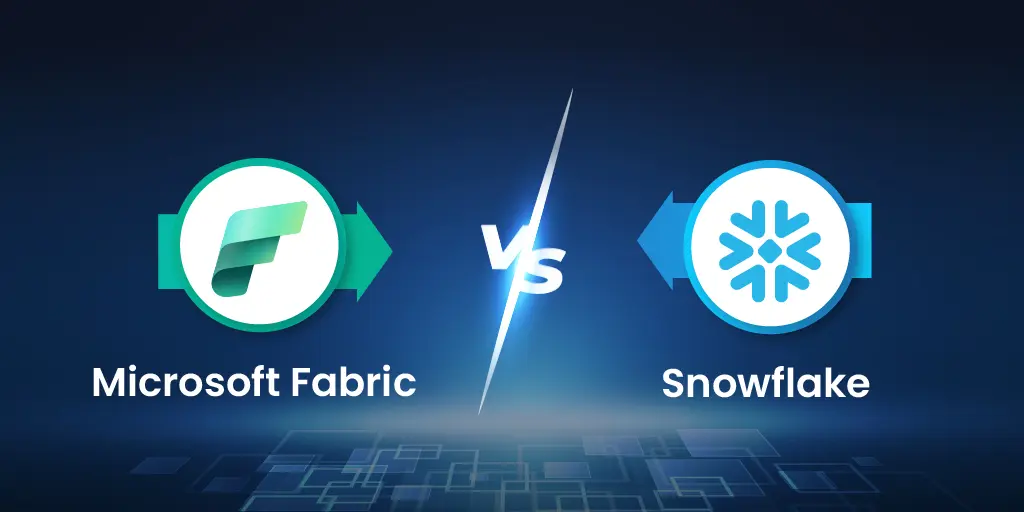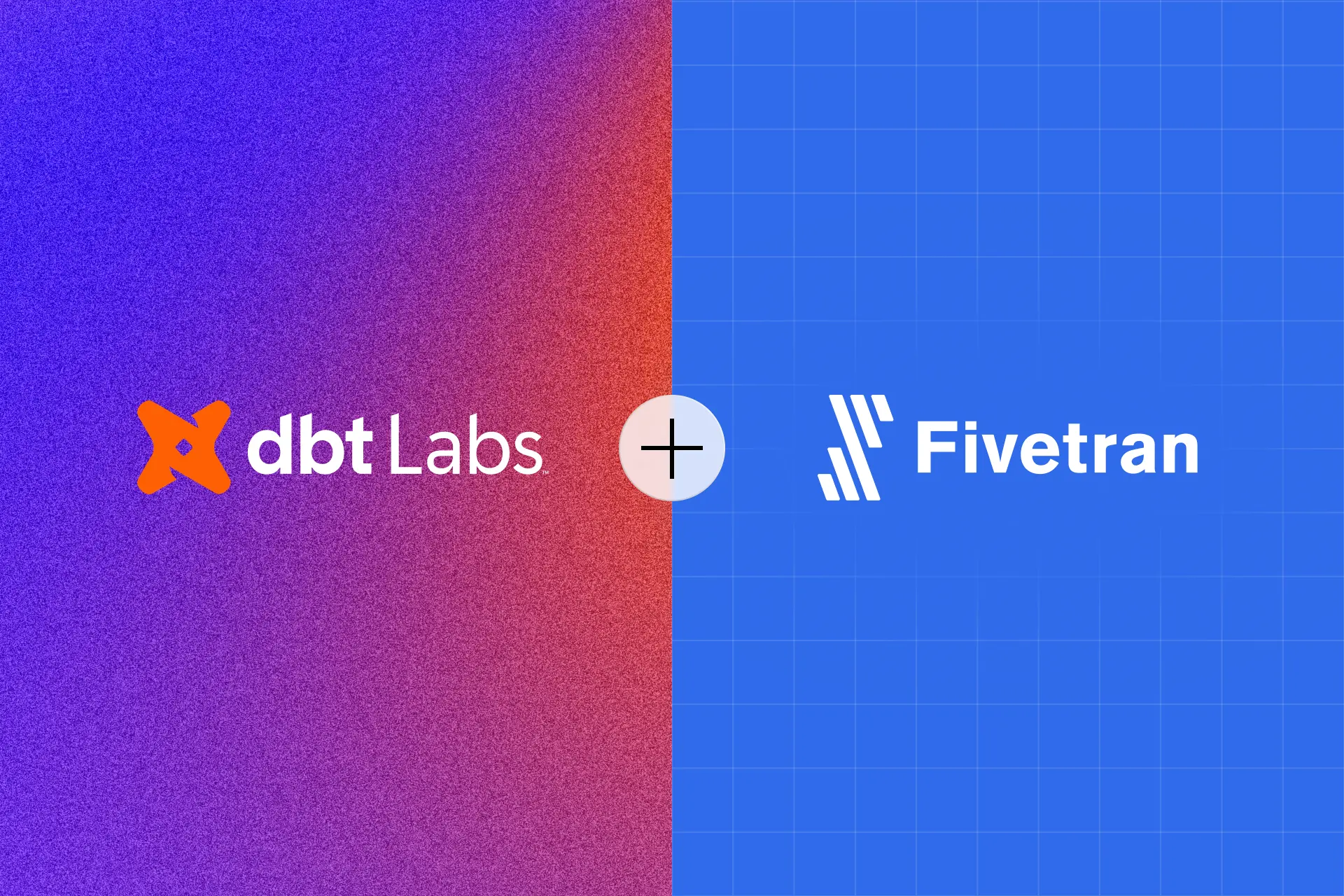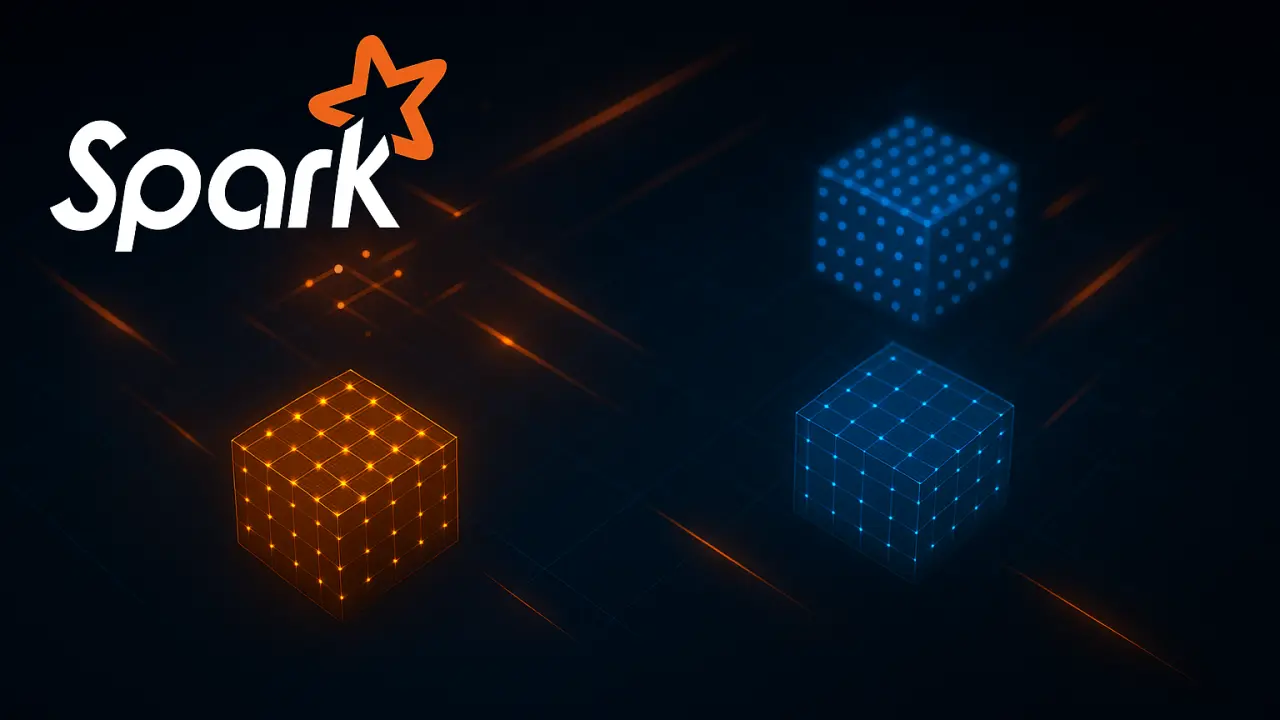
The Great Data Dream vs. Architectural Reality: Why Your Low-Code Warehouse Choice Matters
Snowflake and Microsoft Fabric face off as organizations without mature data teams demand centralized platforms. Here's what the battle reveals about accessibility versus performance.
The question used to be “build vs. buy” for data infrastructure. Now it’s “Snowflake vs. Fabric” for organizations desperate to empower non-technical users while maintaining enterprise-grade performance. This isn’t just another technology debate, it’s a fundamental clash between best-of-breed specialization and Microsoft’s relentless ecosystem integration.
As one developer forum participant noted, most analytics work currently happens in Excel and Power BI for teams without mature data engineering resources. The promise of low-code data warehousing comes with real architectural consequences that could lock organizations into paths they can’t easily escape.
The Enterprise Reality Check: Snowflake’s Maturity vs. Fabric’s Integration
Snowflake positions itself as the mature platform with battle-tested separation of storage and compute, while Microsoft Fabric sells the unified dream: one platform for everything from data ingestion to AI-powered insights. But architectural elegance doesn’t always translate to real-world simplicity.
Snowflake’s multi-cluster shared data architecture enables concurrent workload handling without contention, while Fabric’s OneLake storage layer promises unified governance across all workloads. According to recent analysis ↗, Fabric’s approach reduces tool sprawl by consolidating multiple roles, engineering, analytics, and reporting, within one interface. This resonates particularly well with teams already fluent in Azure and Power BI environments.
The developer sentiment suggests Snowflake might be “a WAY easier transition for folks because of the integrations with Power BI, Excel and power query” while acknowledging that “Fabric is not enterprise ready” according to some early adopters. This reflects the classic early-adopter dilemma: integrated platforms promise simplicity but often deliver complexity through unfinished features.
Low-Code or No-Way: The Citizen Developer Equation
The data warehousing conversation has fundamentally shifted. Organizations aren’t asking which platform has the best query optimizer, they’re asking which one their marketing analysts can actually use. A recent Mordor Intelligence report ↗ projects the low-code development platform market hitting $67 billion by 2030, growing at over 20% CAGR. This explosive growth isn’t about developers, it’s about enabling what Deloitte calls “vibe-coding”, where amateur users with access to powerful AI tools create working solutions without formal software development rigor.
Microsoft Fabric leans hard into this trend with Copilot AI assistants and Power Query integration, while Snowflake counters with SQL-first accessibility and Snowpark for Python-savvy business users. The choice becomes less about raw capability and more about which learning curve your organization can stomach.
The Integration Trap: Microsoft’s Ecosystem Gravity
Fabric’s deepest moat might be its seamless integration with the Microsoft stack. When organizations already run on Azure Active Directory, Office 365, and Power BI, Fabric feels less like a choice and more like an inevitable next step. The platform’s native Purview integration for unified data governance ↗ means compliance teams don’t need to learn new systems, a significant hidden cost savings.
Snowflake fights back with cloud-agnostic flexibility, running equally well on AWS, Azure, or Google Cloud. For organizations with multi-cloud strategies or those avoiding vendor lock-in, this represents a crucial differentiator. One analysis notes that “Snowflake is built on proprietary architecture, which allows cross-cloud operations”, while “Fabric works on an Azure-centric approach” that might be inconvenient for multi-cloud setups.
Performance Showdown: When Milliseconds Matter
The performance conversation reveals nuanced trade-offs rather than clear winners:
- Snowflake excels at SQL-based analytics with automatic query optimization and caching, delivering what many consider best-in-class performance for structured data workloads
- Fabric leverages intelligent query optimization with statistics-based planning and seamless Power BI integration for dashboard performance
- Snowflake’s multi-cluster architecture handles concurrent queries without interference, while Fabric’s capacity-based pricing pools resources across workloads
Technical analysis suggests Snowflake “excels at high-concurrency SQL analytics” where “multiple virtual warehouses can run at the same time”, meaning “heavy BI/report loads or many users won’t interfere with one another.” Fabric counters with real-time analytics capabilities via Data Activator and direct connectivity to OneLake storage.
The Real Cost Conversation: Transparent vs. Predictable
Cost models reveal fundamentally different philosophies. Snowflake’s consumption-based pricing charges separately for storage ($23 per TB/month) and compute ($2-4 per credit), while Fabric uses capacity-based pricing with shared pools covering all workloads.
One analysis warns of Snowflake’s “hidden costs”, noting that “compute credit consumption can spike” due to “poorly optimized workloads or frequent queries.” The example cited: “A Snowflake customer realized 30% of their credit usage was extra” from duplicate reporting jobs and persistent autoscaling.
Fabric’s bundled approach offers predictability but can lead to resource contention between teams. Microsoft’s integration with existing licensing provides additional savings for enterprises already heavily invested in their ecosystem.
The Team Skills Reality Check
This decision ultimately comes down to your team’s existing capabilities and appetite for new learning curves:
Snowflake works best when:
- Your team has strong SQL skills
- You need multi-cloud flexibility
- Performance optimization is a priority
- You’re willing to integrate additional tools for a complete stack
Fabric makes sense when:
- Your organization lives in the Microsoft ecosystem
- You prioritize business user accessibility
- Governance and compliance are critical
- You want to minimize tool proliferation
As one developer noted about Fabric: “The Low Code Layer is great with the Other side to grow into Deeper coding.” This reflects the platform’s appeal to organizations looking to empower citizen developers while maintaining pathways to more advanced use cases.
The Governance Gap: Built-In vs. Bolted-On
Fabric’s integration with Microsoft Purview provides automated data discovery, classification, and compliance tracking right out of the box. Snowflake offers robust security controls but often requires additional tooling for comprehensive governance programs.
This distinction matters increasingly in regulated industries where data lineage and audit trails aren’t nice-to-haves but compliance requirements. Fabric’s native sensitivity labeling and automated compliance controls give it an edge for organizations prioritizing governance over raw performance.
Future-Proofing Your Bet: The AI Trajectory
Both platforms are racing to integrate AI capabilities, but their approaches differ significantly:
- Snowflake focuses on enabling external ML tools through Snowpark and recently introduced Cortex for LLM functions
- Fabric embeds generative AI with Copilot integration throughout the platform, from data preparation to insight generation
Microsoft’s deep investment in AI across their ecosystem gives Fabric an advantage in rapid AI feature deployment, while Snowflake’s partnership ecosystem provides flexibility in tool selection.
The Decision Matrix: Beyond Feature Checklists
Making this choice requires looking beyond technical specifications to organizational reality:
Choose Snowflake when:
- Raw SQL performance matters most
- Multi-cloud strategy is non-negotiable
- Your team excels at cost optimization
- You prefer best-of-breed tool integration
Choose Fabric when:
- Microsoft ecosystem integration provides immediate value
- Citizen developer empowerment is a priority
- Unified governance reduces operational overhead
- Predictable pricing trumps optimization flexibility
The data warehouse decision has evolved from a purely technical consideration to a strategic one about team composition, existing investments, and future skill development. As low-code platforms continue their explosive growth, the choice between Snowflake and Fabric represents more than just technology preference, it’s a bet on which approach will best serve the growing army of data workers who aren’t traditional engineers.
The winner won’t be determined by benchmark performance alone, but by which platform better balances enterprise requirements with human accessibility. In an era where organizations without mature data teams need to move fast, the real competition isn’t about features, it’s about which platform reduces friction enough to let organizations actually use their data rather than just store it.

